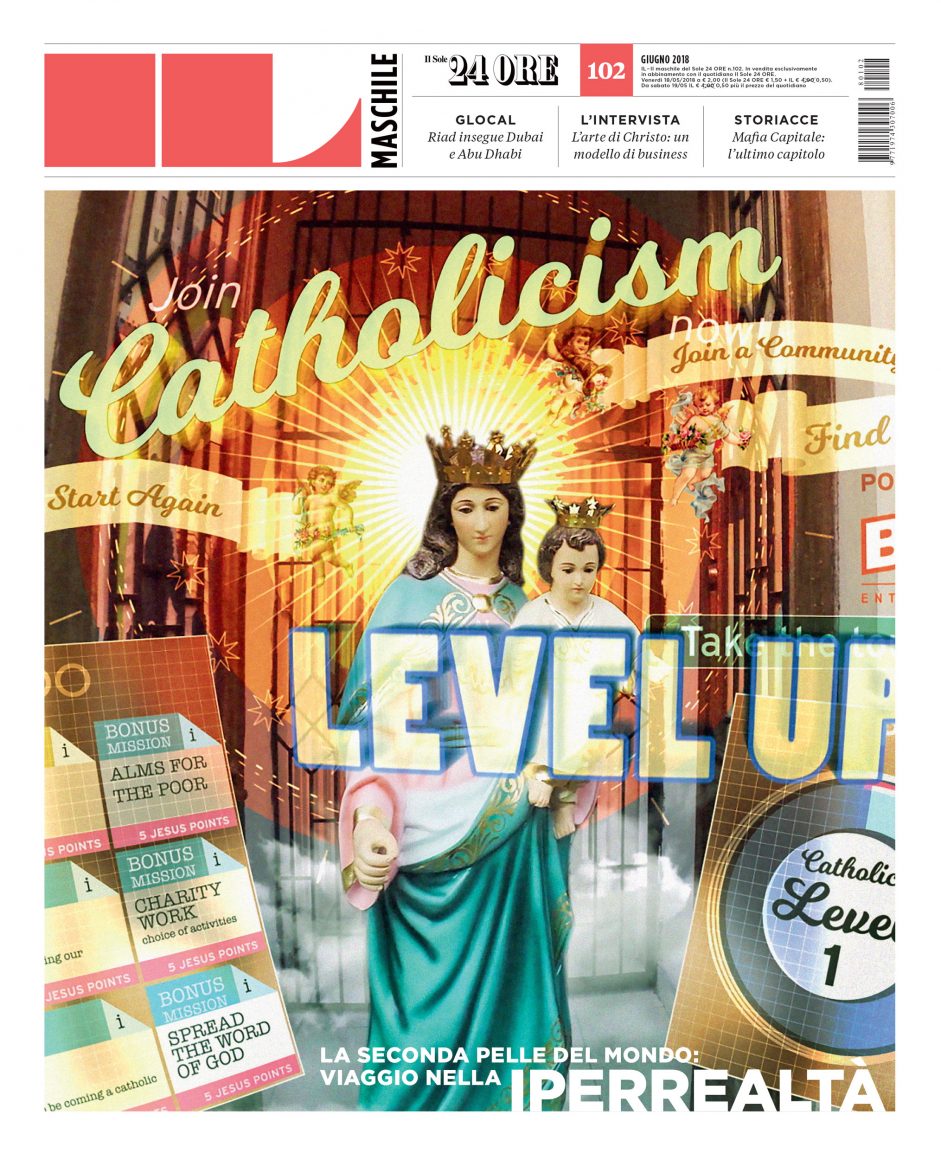The surface is a series of first level information: written indications, explanatory signs, orientation signs. The next layer is the color, the lower is the shape and the subject, even below the path, and then the background and of course the background … You level up in level, you multiply the degrees of information, even if not we have never moved. The world is in a page, which is millions of pages.
Only that instead of leafing through them, they read one inside the other, in transparency. “We had just begun to familiarize ourselves with the Internet of things, artificial intelligence, robotics, virtual reality and a new pervasive cyclone of sensors for everyone, of quantum computers and of objects able to dialogue with each other, impose new challenges on us.
First of all, a production of data that is unparalleled in the history of humanity “. It is the reflection of Maria Grazia Mattei, from the pages of the new IL, on newsstands Friday 18 with Il Sole24Ore. The founder of Meet, the first international center for digital culture in Italy (which will open later this year in Milan) talks with Keiichi Matsuda and with her hyperreal vision.
An exploration of the symbiotic intertwining between technology and life, which crosses curiosities such as intelligent pasta or wearables-second skin, but which above all draws a future made of immersion and transparency, where boundaries evaporate.
If the daily geography is made of walls and borders that take physical consistency and clearly divide places and people, if ordinary politics has accustomed us to distinctions and separation in camps and camps, the fluidity of imagination is an invitation to cross thresholds.
Not just those of space, but of time. Thus, in the June issue of IL, the investigation on the “unitary synthesis of digital stories with a human DNA” and the debate, ancient as Homer, on the usefulness of the classic can coexist simultaneously understood as a high school, but also as a Greek-Latin linguistic competence. Just read Ovid to realize that the distance from Matsuda is not so great: “Everything changes, nothing perishes. […] Everything flows and every image has wandering shapes ».
On the other hand, in digital ubiquity, a few centuries are crossed in a nanosecond, or rather in a Flick.
For more information on the planning of the magazine: info.system24@ilsole24ore.com
